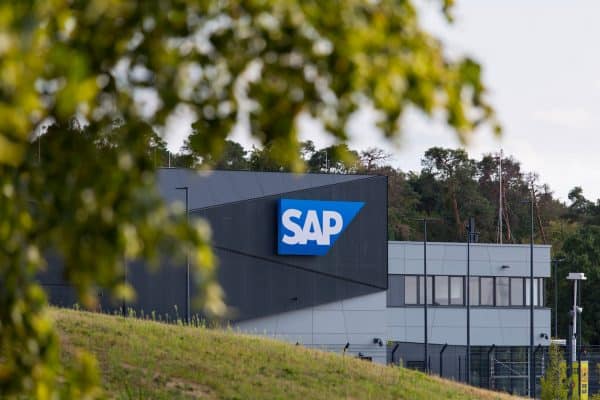
Currently, cross-border payments are a “hassle” for many small and mid-sized enterprises with international business partners, the team at German software firm SAP notes in a blog post.
The team at @SAP is now testing cross-border payments for their customers with $USDC.https://t.co/QrMHHATsUb pic.twitter.com/mTHWbJde3a
— Peter Schroeder (@peterschroederr) June 22, 2023
Expensive – up to 50 USD per transaction, slow – up to 7 days to transmit the money, and non-transparent – you “never know the status of the transaction,” the SAP team writes in a recent update.
According to SAP, these major challenges can “get solved with Digital Money as a means of settlement and Blockchain as the underlying technology.”
Rather than using traditional payment rails, business partners “agree on settling a cross-border transaction with USDC or EUROC, which are tokenized versions of the USD or Euro, manifested in a blockchain.”
As explained in the update, these so-called stablecoins are “pegged 1:1 to the underlying FIAT currency and collateralized against cash holdings or short-term government securities thus avoiding any fluctuations.”
Technically, each business partner “requires a wallet which in the blockchain world is the equivalent of a bank account.” These wallets can be “held in self-custody, enabling cross-border payments without intermediaries.”
To pay an invoice, the buyer just “opens the wallet software, creates a transaction containing the seller’s wallet, signs it with the private key and sends it to the blockchain for validation and execution.” Minutes later, upon verification the money is “received at the seller’s wallet (technically a USDC or EUROC coin) and is at the seller’s disposal.”
As mentioned in a blog post:
“Starting today, you can get a first impression on this new approach for cross-border payments as SAP is launching a pre-view of the SAP Digital Currency Hub that showcases how easy cross-border payments with Digital Money will become in the future. Simply register for the Test Drive and experience the future of cross-border payments today.”
The firm added:
“As part of the Test Drive, you will receive test USDC as play money to pay a sample invoice that you will also receive during onboarding. Being for experimental purposes only, the Test Drive does not operate on the main Blockchain but on a test network and does not involve true coins. Consequently, you cannot and must not make any real-world payments when using the Test Drive but just experience how fast, affordable, and reliable cross-border payments will look like.”
While it is as easy to use as online banking, it links “the payment to business objects such as business partners, invoice numbers, etc., making it a true solution for businesses.”
Post the Test Drive, “expect payments with Digital Money to get tightly integrated into the finance processes of your underlying SAP ERP system (SAP Business One, Business ByDesign or S/4HANA Cloud), thus making it a fully automated process with autonomous reconciliation.”
SAP also noted that they want you tell them what you think about the solution by answering their survey.
The firm has asked:
“Would it solve your cross-border payment challenges? Was it easy to get started? Was it easy to use? And: Are you ready to get into the fascinating world of Digital Money and Decentralized Finance?”

